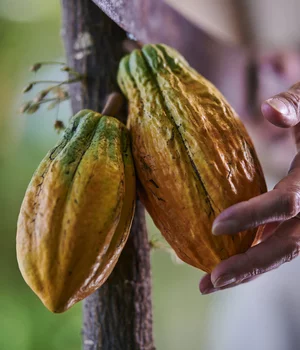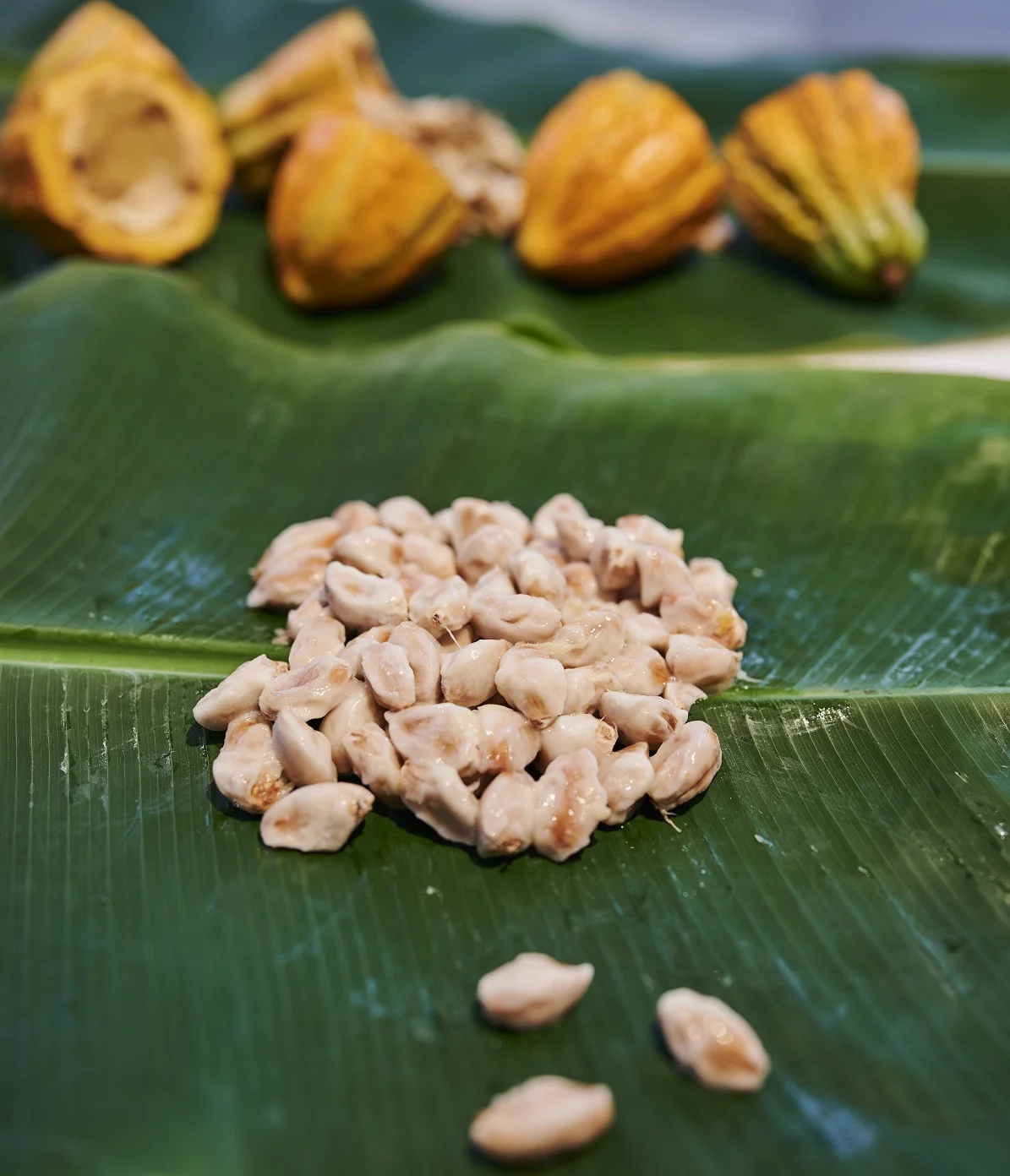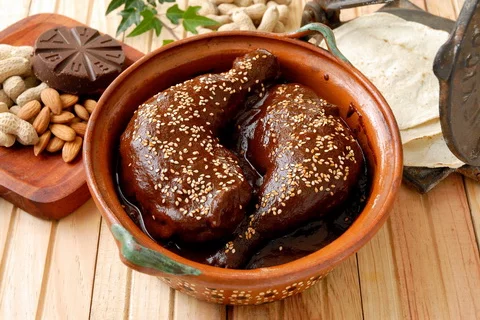Based on morphological studies, the species Theobroma cacao was divided into the two subspecies Theobroma cacao subspecies cacao (Criollo) and Theobroma cacao subspecies sphaerocarpum (Forastero and Trinitario) in the past. According to the classic definition, Criollo and Trinitario were classified as fine flavor cocoa and Forastero as consumer cocoa.
This traditional classification is no longer supported by the latest molecular biological studies. Based on morphogenetic studies, a division into ten clusters is proposed. These are named after the traditional cultivar or the geographical region in which they are most common: Amelonado, Contamana, Criollo, Curaray, Guiana, Iquitos, Marañon, Nacional, Nanay, Purús.
The countries from which the fine flavoured cocoa comes are now determined by the International Cocoa Organization (ICCO), most recently in 2020.
- Belize
- Bolivia
- Brazil 100%
- Colombia 95%
- Costa Rica 100%
- Dominica 100%
- Dominican Republic 60%
- Ecuador 75%
- Grenada 100%
- Guatemala 75%
- Haiti 4%
- Honduras
- Indonesia 10%
- Jamaica 100%
- Madagascar 100%
- Mexico
- Nicaragua 80%
- Panama 50%
- Papua New Guinea 70%
- Peru 75%
- Saint Lucia 100%
- São Tomé and Principé
- Trinidad and Tobago 100%
- Venezuela
- Bolivarian Rep.
- Vietnam
Would you like to know more about the cocoa tree and its fruit? Then come to the Chocolate Museum. You can see different types of cocoa in our tropical house. And if you're lucky, they might even be bearing fruit.
Tickets








